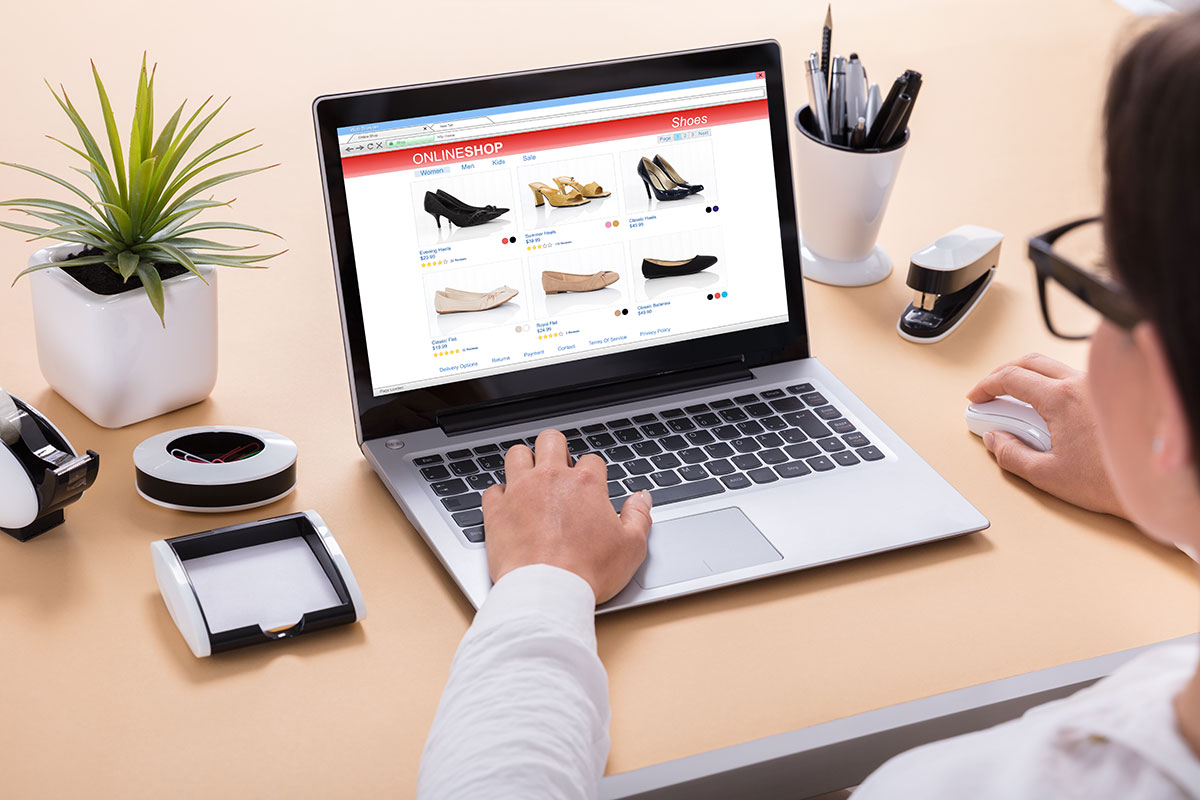As an e-commerce business owner, you understand the importance of managing your inventory and shipping operations efficiently. No matter how much you’ve improved your logistics, there’s always room for more improvement, right?
In this post, we’ll share some actionable steps you can take to optimize your e-commerce warehousing and shipping operations. We’ll also share some of the benefits of outsourcing e-commerce order fulfillment to a 3PL.
9 Steps to Optimize Your E-Commerce Order Fulfillment Process
Here are some measures you can take to improve your order fulfillment strategy:
#1: Integrate With An Order Management System
Most e-commerce businesses don’t manufacture the products in-house that they sell online. Instead, products are made of raw materials obtained from different distributors, packed and stored at a warehousing facility, and shipped to the end customers.
To effectively manage these moving parts, you need access to real-time information from suppliers and your warehouse. An order management system (OMS) can help you communicate information between suppliers and logistics partners.
An OMS also bridges the gap between all of your online shops and directs customer orders to your warehousing facility. As a result, whenever a customer places an order request, your warehouse staff is instantly notified so they can process the order.
#2: Improve End-to-End Order Visibility
An OMS enables you to streamline customer orders efficiently and cost-effectively. But did you know that it can also help you to create more visibility across your supply chain?
Enabling end-to-end visibility provides real-time information to both you and your suppliers concerning ordered products, inventory levels, and order processing status. This tells you exactly which items are present in your inventory, their quantities, and where they’re located.
You can also make this information available to customers to improve transparency and give them the ability to track their order. Knowing which items are available and which ones are running out might even nudge them towards a buying decision faster!
#3: Choose Warehouse Locations Carefully
It’s no secret that online buyers want their ordered items delivered to them quickly. Here are two ways you can speed up order processing on your end:
-
Deliver ordered items from a warehouse that’s closer to the customer’s geographical location. The only way to do this is to store portions of your inventory in different warehouses which can help you ship ordered goods in less time.
-
Use a logistics solution or shipping carrier that offers fast delivery methods to deliver your shipments.
You should also consider using shipping algorithms to determine the best available delivery method for your customers. Doing so can also help you save on shipping and handling costs.
#4: Improve Communication With Your Customers
You need to establish a communication channel with your customers to keep them informed about their ordered items.
Communication should go far beyond just sending a Your package is on its way email. Ideally, you need to be able to convey the status of their order from the moment you receive their order request to when you transport it to a shipping partner to when the package arrives on their doorstep.
You should also tell them how to contact you if they have any questions. By doing so, you’ll improve the customer’s experience and increase their satisfaction.
#5: Develop a Process to Handle Returns
Returns and replacements are normal in the day to day operations of just about any e-commerce business. For this reason, you need to make it as easy as possible for customers to have their ordered goods replaced and be able to collect refunds.
Of course, the first step is to post a clear return policy on your website to avoid any confusion. Additionally, you should only work with suppliers who are happy to accept returns and won’t charge restocking fees.
#6: Offer Free Two-Day Shipping
Once you’ve manufactured products and moved them to a warehouse, you’ll need to ensure that the shipping carrier delivers your goods to customers in a timely and cost-effective manner. If you’re selling inexpensive goods, shipping and handling might get pretty expensive unless you’re able to create product bundles or set a minimum spend threshold on purchases.
However, if you’re selling more expensive products, you have the option to bake the cost of shipping and handling into the product’s price. This way, you’ll be able to offer free, two-day shipping to your customers.
#7: Consider Freight Costs
Shipping costs can significantly affect your decision when choosing an e-commerce order fulfillment provider. In addition, you’ll also have to take into account the cost of delivering goods to the fulfillment service provider and determine if you’re still profitable.
You also need to analyze freight costs related to differences in shipping destinations and volume of ordered goods. This information can help you optimize shipping costs making it that much easier to choose the right carrier. Additionally, zone skipping can also help you reduce your freight expenses. Zone skipping is a technique which involves shipping items only when the total ordered goods have reached a certain threshold.
#8: Improve Inventory Accuracy
Regardless of whether you mention the exact inventory levels on your website, you need to ensure that you always have access to up-to-date inventory data. Consider setting a threshold after which a message is automatically sent to your suppliers telling them to restock your inventory, so you never run out.
An electronic data interchange (EDI) tool enables you to convey real-time information about inventory levels to your suppliers. You can use the purchase order acknowledgment (POA) document to ensure inventory accuracy. This way, you can be notified immediately if a supplier is unable to meet your order so you can look for an alternative solution.
#9: Focus on Staff Training
You need to ensure that your work staff is trained to perform the duties assigned to them effectively. This is imperative – especially when you hire new workers. Whether they’ll be driving forklifts, shelving inventory, working as customer service representatives, or shipping experts, your staff should have a clear understanding of their responsibilities.
A well-trained workforce can help you optimize your inventory processes and improve warehouse productivity. As a result, you’ll see fewer shipping mistakes and improved customer satisfaction.
Benefits of Outsourcing E-Commerce Order Fulfillment to a 3PL Service Provider
Outsourcing order fulfillment involves using a third-party logistics provider to handle some (or all) parts of your order fulfillment process including inventory management, packing goods, and shipping them to end-customers.
Even though there are risks attached to outsourcing order fulfillment operations, identifying your pain points and expectations and then evaluating 3PL service providers against them can help you get the most value from enlisting a logistics partner.
Here are some of the main reasons why you should outsource your e-commerce order fulfillment to a 3PL service provider:
-
You’re able to focus on growing your business: An order fulfillment service takes the heavy lifting out of inventory management and shipping allowing you to focus on business operations. For instance, companies facing seasonality of demand face the risk of running out of supplies in peak seasons or end-up overpaying for unused storage space when the demand is low. A 3PL service provider can help you scale your business by meeting your changing needs as your business grows.
-
You don’t have to worry about managing a warehouse or training staff: Managing warehousing operations is a lot of work. You need to procure storage space, hire and train employees, and purchase machinery and supplies. A 3PL service provider will handle these tasks for you.
-
You’re able to offer affordable two-day shipping: If you run your warehousing operations internally, you’re most likely shipping goods from one location. Shipping from a single location results in higher shipping fees and also increases the time needed to deliver goods to customers. Hiring a 3PL service provider can help you deliver your items within two days of order placement. By storing a portion of your inventory at different geographical locations, you’ll be able to fulfill customer orders from a warehouse closest to them.
-
You can leverage the 3PL service provider’s volume and expertise: An order fulfillment service enables you to leverage the large volumes of shipments they handle. Consequently, you’re able to effectively reduce your shipping costs. 3PL service providers use the latest technology and implement industry best practices which can help you optimize your shipping and handling operations.
Conclusion
Running an e-commerce store brings with it a lot of challenges. By following the actionable steps discussed in this article, you’ll be well on your way to optimizing your order fulfillment operations.
What features do you look for in a third-party e-commerce order fulfillment service? Let us know by commenting below.







